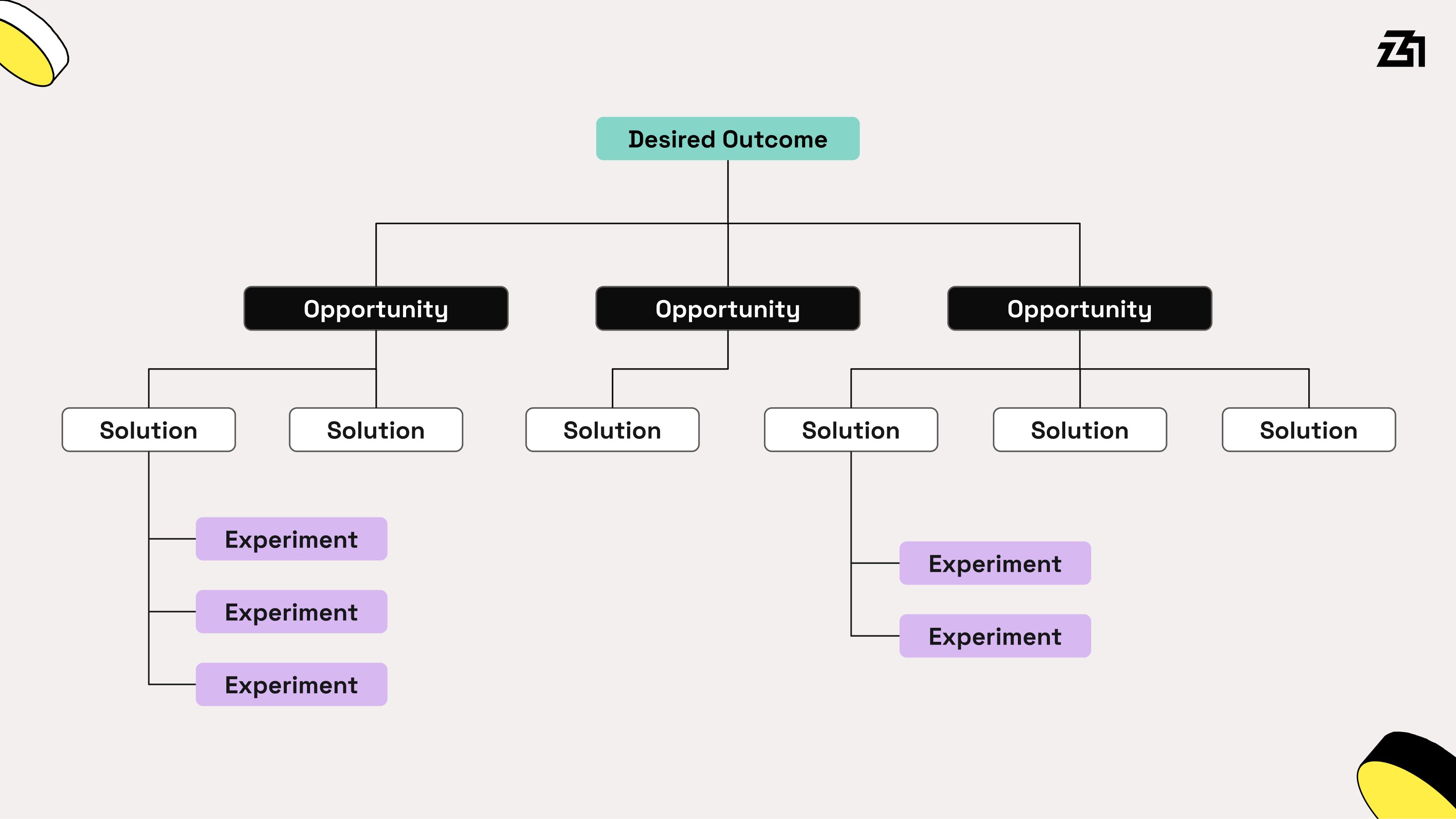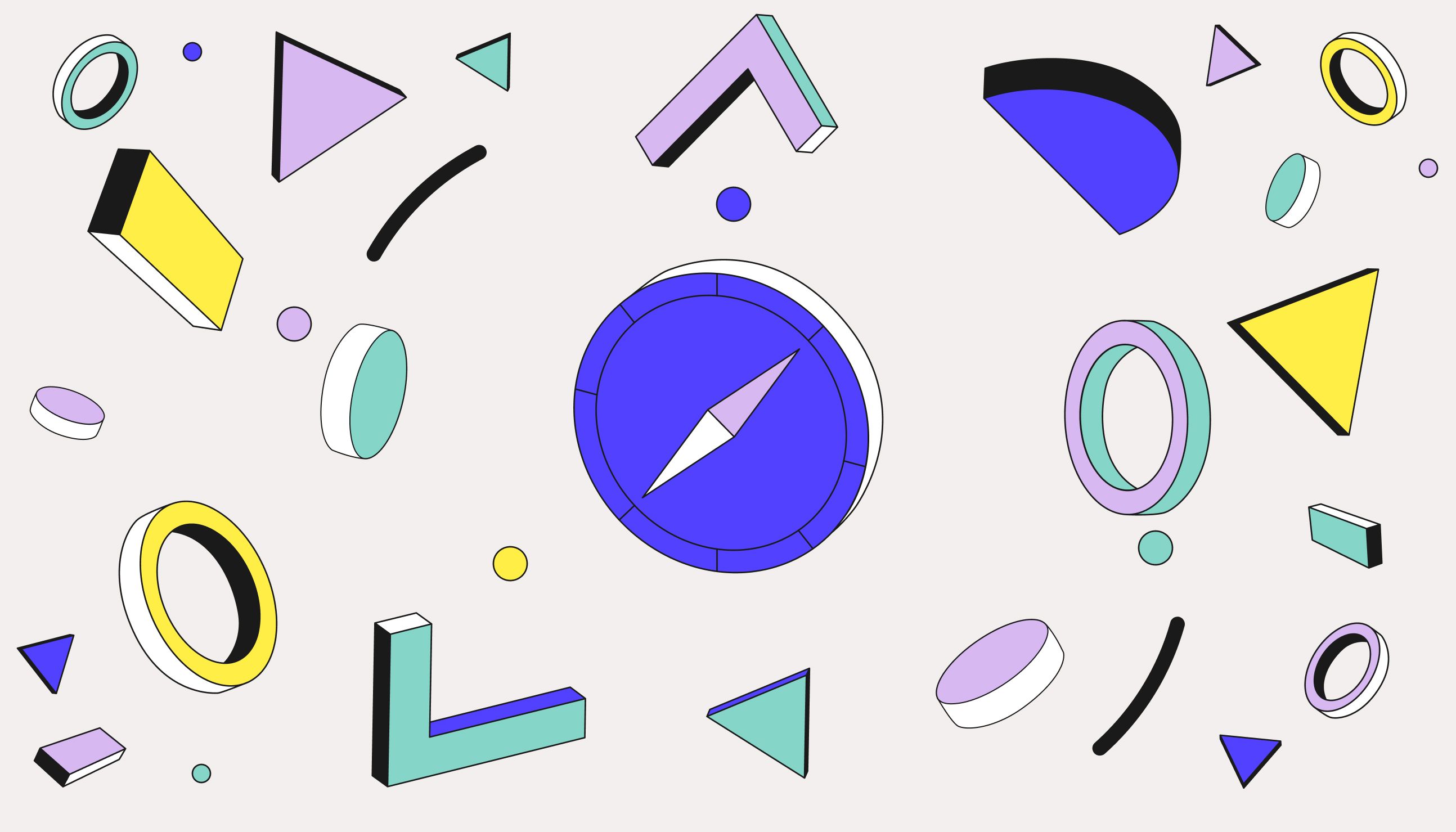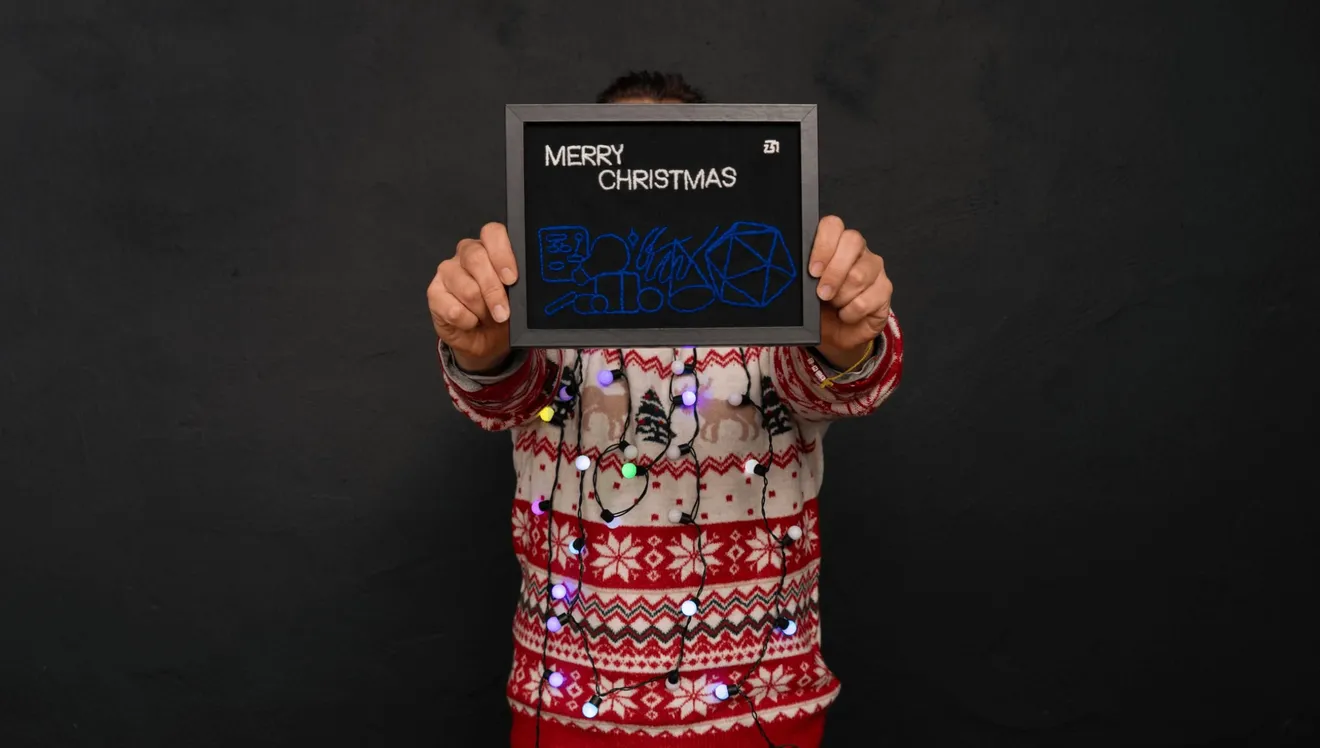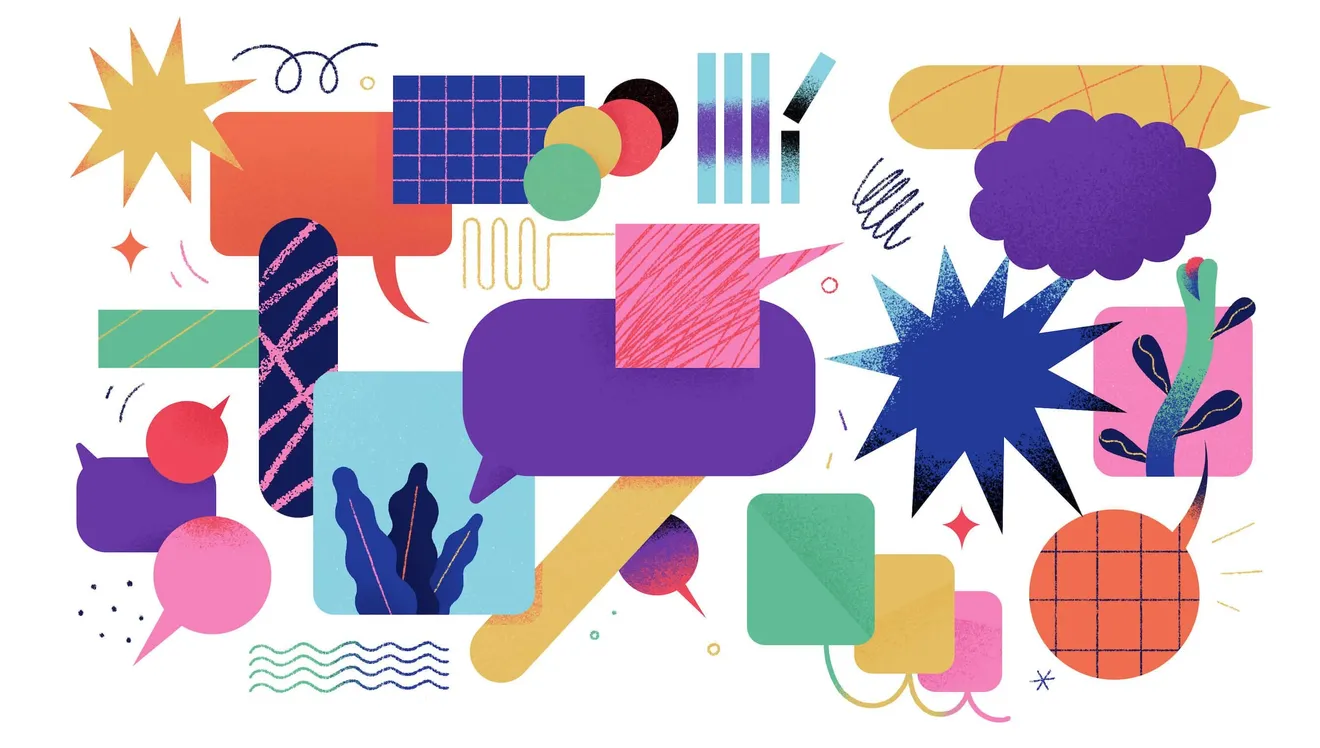We've created a discovery framework to build trusted digital experiences that help users thrive, not just click.
Over the past few years, I’ve been distilling a discovery roadmap for digital makers structured to move fast without losing sight of what truly matters. Recently, I updated it to include ethical considerations that help teams anticipate impact as naturally as they test for usability or value.
In this article, I’m sharing highlights from that evolution, along with a few practical tools any founder or team can start using today and explore further in collaboration with our team at Z1.
The discovery dilemma: Between overkill and oversight
Over the years, startups have developed disruptive methodologies to achieve the best results, but often based on idealistic access to resources and naive analyses of impact.
To accommodate the new world, corporations layered in more people and processes to serve as the connective tissue between all value chain functions.
Digital makers today live between these two extremes:
In one, big corporations bury innovation under endless layers of process. In the other, startups move fast, fueled by buzzwords that promise shortcuts to success.
The truth lies somewhere in between.
Process without purpose slows everything down. Speed without reflection creates products that work, but not always for the right reasons.
When following overkill processes designed for specific contexts, the value of product strategy (vision, design, decisions) is lost in the mix.
Rather than obsessing about outputs (features, screens, metrics), we have to shift the focus to the impact those activities have on both work and product outcomes (value, engagement, trust), elevating customer needs to be on par with business needs to create customer and business value through balanced experiences.
Ethical discovery is a process for exploring and capturing opportunities that balance business goals, user needs, and positive impact.
Ethics is about awareness: Knowing the consequences of what we create, intentionally or not. Because not considering the ethical side of design and technology is itself an ethical decision.
When we analyze product or feature ideas, we don’t start by asking how we will build them; we start by asking why, and we do it through digging into five crucial questions:
1. Value risk: Will people actually want this?
2. Usability risk: Will they understand how it works?
3. Feasibility risk: Can we build it within the time, budget, and skills we have?
4. Viability risk: Does it make business sense in the long run?
5. Ethical risk: Will it harm people, society, or the environment?
That last one often opens the most interesting conversations. It’s the point where we shift from “How do we make this work?” to “How do we make this right?”
Ethical design isn’t measured in intentions but in consequences, and discovery is where we can still anticipate and refine before those consequences take shape.
Map the complete experience
Thinking visually is a powerful way to manage and understand complex systems.

No matter how complicated the business challenge, it can be mapped with words and arrows. Maps provide a visual structure for understanding critical moments in any experience, and crafting them helps us externalize our thinking and organize our knowledge.
Zooming out helps us explore and analyze the connections between key steps in the user experience, identify potential opportunities and risks, and understand how the user feels and who else is affected. Adding the externalities layer transforms mapping into a tool for discovering the invisible consequences of the experiences we create.
Listen for stories
The best way to learn about users' needs, pain points, and desires is to ask them to share specific stories about their experiences. This is because people tend to generalize when responding to open-ended questions, often speaking broadly about their thoughts and behaviors.
We use the Critical Incident Technique to uncover real behavior and collect stories instead of generalities. Because stories reveal patterns, and patterns reveal opportunities.
And sometimes, those patterns reveal what users shouldn’t do with our product: The Jobs-NOT-to-be-done framework helps identify behaviors that should be discouraged or prevented before they appear.
Turn insights into balanced opportunities
Once you understand the landscape, it’s tempting to jump straight into solutions, but while in discovery, ideas are cheap; understanding the real context is priceless. We aim to identify problems that strike the sweet spot between customer value, business viability, and technical feasibility if solved.
The Opportunity Solution Tree is a good technique to visualize findings and assumptions, following a structure that keeps us from falling in love with a potential solution and helps us fall in love with the nuances of the problems to solve instead.

Unintended damage is part of the details we can define and weigh while structuring the tree. When built ethically, each branch also shows how the value and benefits of the potential opportunities are distributed across stakeholders.
Prioritize what truly matters
We all have to make tough calls about what to build first and what to postpone, and a good way to drive the decision-making process is to rely on a scoring system based on critical factors such as reach, impact, confidence, or effort. In addition to the standard variables of the traditional RICE framework, we now include one crucial element: Ethical Risk.
A feature might look promising and feasible, but if it manipulates behavior or excludes certain users, it will have a negative impact on stakeholders and the brand in the future, and we should take that into account when prioritizing our roadmap.
Considering the ethical risk of each feature is a simple shift that helps us move from optimizing metrics to maximizing trust.
In a world where user trust and retention are the ultimate currencies, RICE+E is both a compass and a safeguard.
Test assumptions safely
Before writing a single line of code, we must identify the assumptions that need to be true for a feature to work and validate them through small, fast experiments. By testing the assumptions linked to the four big risks, we can avoid investing months in features that might fail when launched.
Ethical risk must also be tested and mitigated
We set safeguards such as:
- Pre-Mortems, quick exercises where teams imagine a future ethical failure and trace the causes back
- Guardrails, clear metrics that define when an idea starts crossing a problematic line.
Building with conscience
Ethics in digital product design is about being intentional. Founders who embrace ethical discovery make better decisions, attract loyal users, and build brands people believe in.
Because technology is not neutral: It amplifies our values and incentives as creators, and every decision we make (every feature, every pixel, every metric) shapes the world on the other side of the interface.
If you want to explore how our ethical discovery framework can help to grow your business from a solid foundation, book a strategic session with our team.



